What is hernia ?
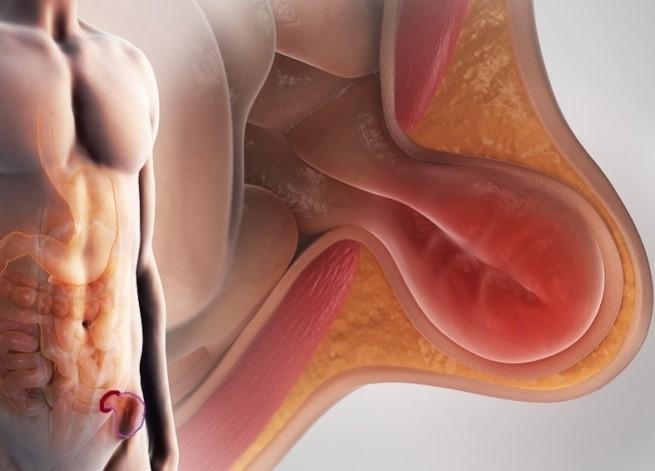
A hernia is a condition where an organ or tissue pushes through a weak area or opening in the surrounding muscle or connective tissue. This typically occurs in areas where the muscle wall is weak or where a natural opening exists. Although hernias can occur in various parts of the body, they are most commonly found in the abdominal wall, groin, or diaphragm.
Types of Hernias
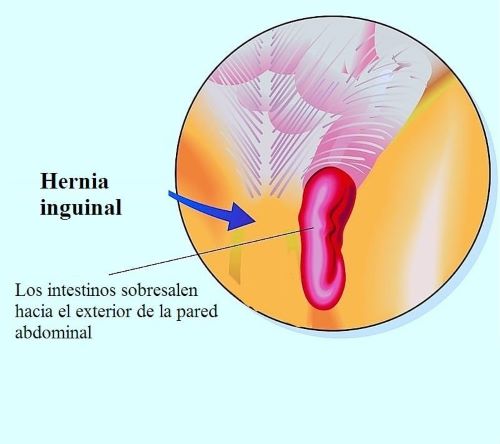
1. Inguinal Hernia
- The most common type, inguinal hernias occur in the lower abdomen, near the groin area. These hernias are more prevalent in men due to the natural weakness in the groin area from the passage of the spermatic cord.
- Symptoms: A bulge in the groin area, pain when bending or lifting, and discomfort during coughing or physical exertion.
2.Femoral Hernia
- Less common than inguinal hernias, femoral hernias occur when tissue pushes through a weakened spot in the femoral canal, located in the upper thigh.
- Symptoms: Similar to inguinal hernias, but the bulge appears lower in the groin or upper thigh area. It is more common in women, especially after pregnancy.
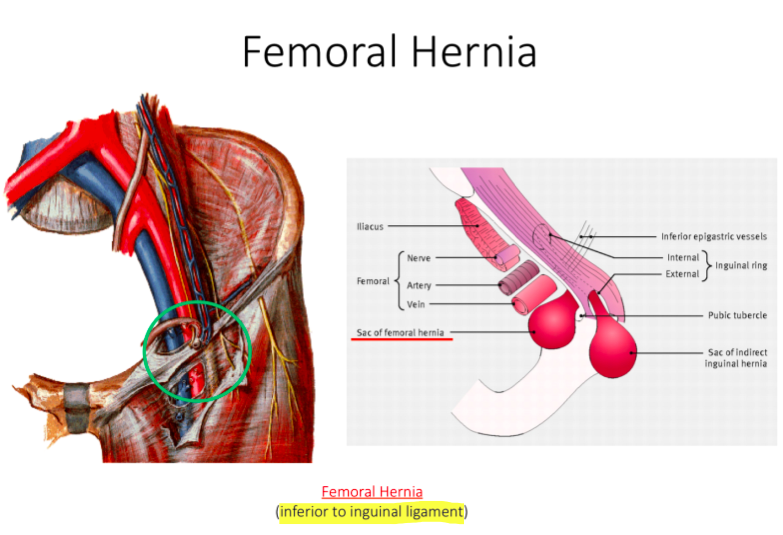

3. Umbilical Hernia
- Umbilical hernias occur around the belly button. They are common in infants but can also affect adults, especially those who are overweight or have had multiple pregnancies.
- Symptoms: A small bulge or lump near the belly button, which may be more noticeable when coughing, crying, or straining.
4. Hiatal Hernia
- A hiatal hernia occurs when part of the stomach pushes through the diaphragm into the chest cavity. This can lead to gastroesophageal reflux disease (GERD).
- Symptoms: Heartburn, acid reflux, chest pain, and difficulty swallowing.
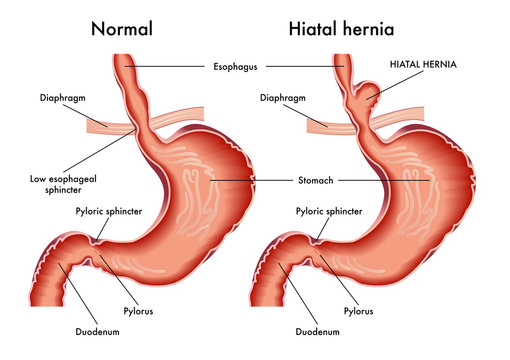
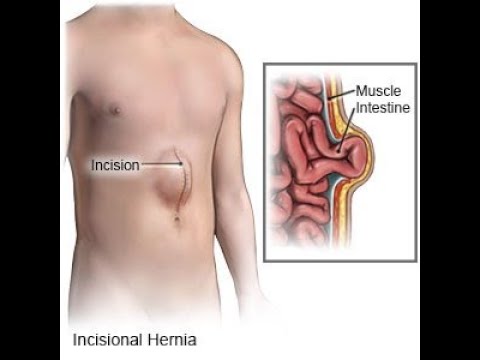
5. Incisional Hernia
- These hernias develop through a scar or incision from previous abdominal surgery. They occur when the surgical incision weakens over time, allowing tissue to bulge through.
- Symptoms: A bulge near the site of a previous surgery, along with possible pain or discomfort.
6.Ventral Hernia
- Ventral hernias occur in the abdominal wall and can result from trauma, surgery, or increased abdominal pressure.
- Symptoms: Pain, swelling, and a visible bulge in the abdomen.
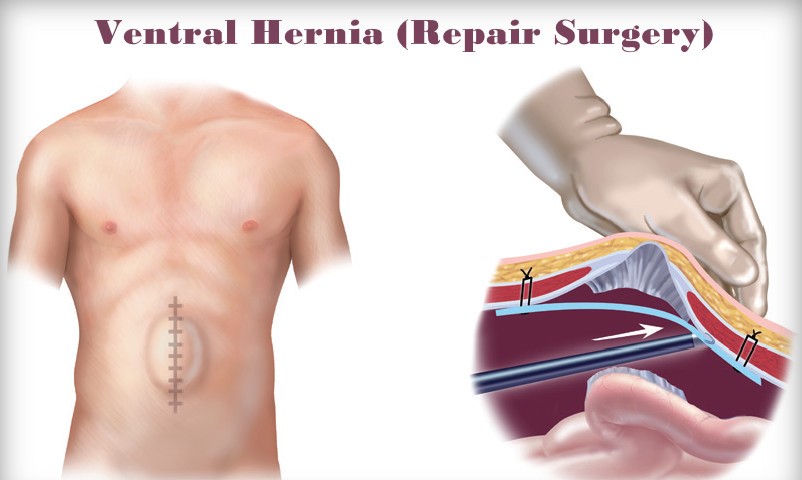
If you are looking for an experienced Hernia Specialist in Nashik, Dr. Abhinandan Jadhav offers expert care for all types of hernias. With his extensive experience in hernia diagnosis and treatment
Symptoms of Hernia
The symptoms of a hernia can vary depending on its type, but common signs include:
- Visible Bulge: A bulge or lump in the affected area is one of the most noticeable signs. This may become more prominent when you cough, strain, or bend over.
- Pain or Discomfort: The pain may range from mild to severe and is often felt when lifting, bending, or performing physical activity.
- Pressure or Weakness: A feeling of weakness, pressure, or heaviness in the affected area.
- Nausea and Vomiting: In more serious cases, particularly if a hernia becomes strangulated (where the blood flow to the tissue is cut off), nausea, vomiting, and even fever may occur.
- Difficulty Swallowing: In the case of a hiatal hernia, difficulty swallowing and heartburn may be prevalent.
For a consultation and individualized care plan specialized to your particular condition, get in touch with Dr. Abhinandan Jadhav if you’re having hernia symptoms or need advice on treatment choices.
Causes and Risk Factors
Hernias occur when there is increased pressure in the abdomen or a weakness in the abdominal wall or muscles. Several factors contribute to this pressure:
- Straining or Lifting: Improper lifting or heavy lifting can cause strain on abdominal muscles, leading to a hernia.
- Obesity: Excess body weight can put pressure on the abdominal wall.
- Chronic Coughing or Sneezing: Conditions like chronic bronchitis or asthma can lead to persistent coughing, which can increase intra-abdominal pressure.
- Pregnancy: Pregnancy increases abdominal pressure, especially in later stages when the uterus expands.
- Previous Surgery: Surgical scars or weaknesses in the abdominal wall can lead to incisional hernias.
- Genetic Factors: Some people are born with weaker abdominal muscles, making them more prone to hernias.
- Age and Gender: Older adults and men are more susceptible to certain types of hernias.
Diagnosis of Hernia
Diagnosing a hernia typically involves a physical examination, where the doctor will palpate the bulging area. In some cases, imaging tests such as ultrasound, CT scan, or MRI may be used to confirm the hernia’s location, size, and severity.
Treatment Options for Hernia
The majority of hernias need surgery, however little ones might not cause much trouble and can sometimes be treated with watchful waiting. Treatment aims to avoid problems including strangling, which occurs when the herniated tissue’s blood supply is severed. For expert Hernia treatment in Nashik, Dr. Abhinandan Jadhav provides specialist care to properly treat and manage hernias, providing the best results .
1.Conservative Management (Watchful Waiting):
In some cases where the hernia is small and causes no symptoms, doctors may recommend monitoring it over time. If symptoms worsen or the hernia becomes painful, surgery will be necessary.
2.Surgical Treatment:
The most effective treatment for a hernia is surgery. There are two main surgical methods:
- Open Surgery: The surgeon makes an incision near the hernia and pushes the bulging tissue back into place, securing the muscles or tissue with stitches. In some cases, a mesh may be used to reinforce the area.
- Laparoscopic (Minimally Invasive) Surgery: This technique involves small incisions and the use of a camera and surgical tools to repair the hernia. This method typically results in a shorter recovery time and fewer complications.
3.Hernia Repair with Mesh:
Most modern hernia repairs involve the use of mesh, a synthetic material used to reinforce the weakened area and prevent the hernia from recurring.
4. Emergency Surgery:
If a hernia becomes incarcerated or strangulated, it is a medical emergency. The tissue becomes trapped and loses blood supply, which can lead to tissue death. In such cases, immediate surgery is necessary to prevent life-threatening complications.
Why suffer in silence when help is just a call away? Reach out to us today, at Sapphire Superspeciality Clinic in Nashik, and take the first step towards a hernia-free life.
Conclusion
Hernias are common but treatable conditions that can lead to serious complications if left untreated. Most require surgical intervention to avoid issues like strangulation. Whether through open surgery or laparoscopic techniques, timely treatment ensures a successful recovery.
For expert Hernia Treatment in Nashik, Dr. Abhinandan Jadhav offers personalized care and advanced treatment options. Trust his expertise for efficient and safe treatment, helping you return to your daily activities with minimal disruption. If you’re experiencing hernia symptoms or need advice, schedule a consultation with Dr. Abhinandan Jadhav today at sapphire superspeciality clinic in Nashik.

